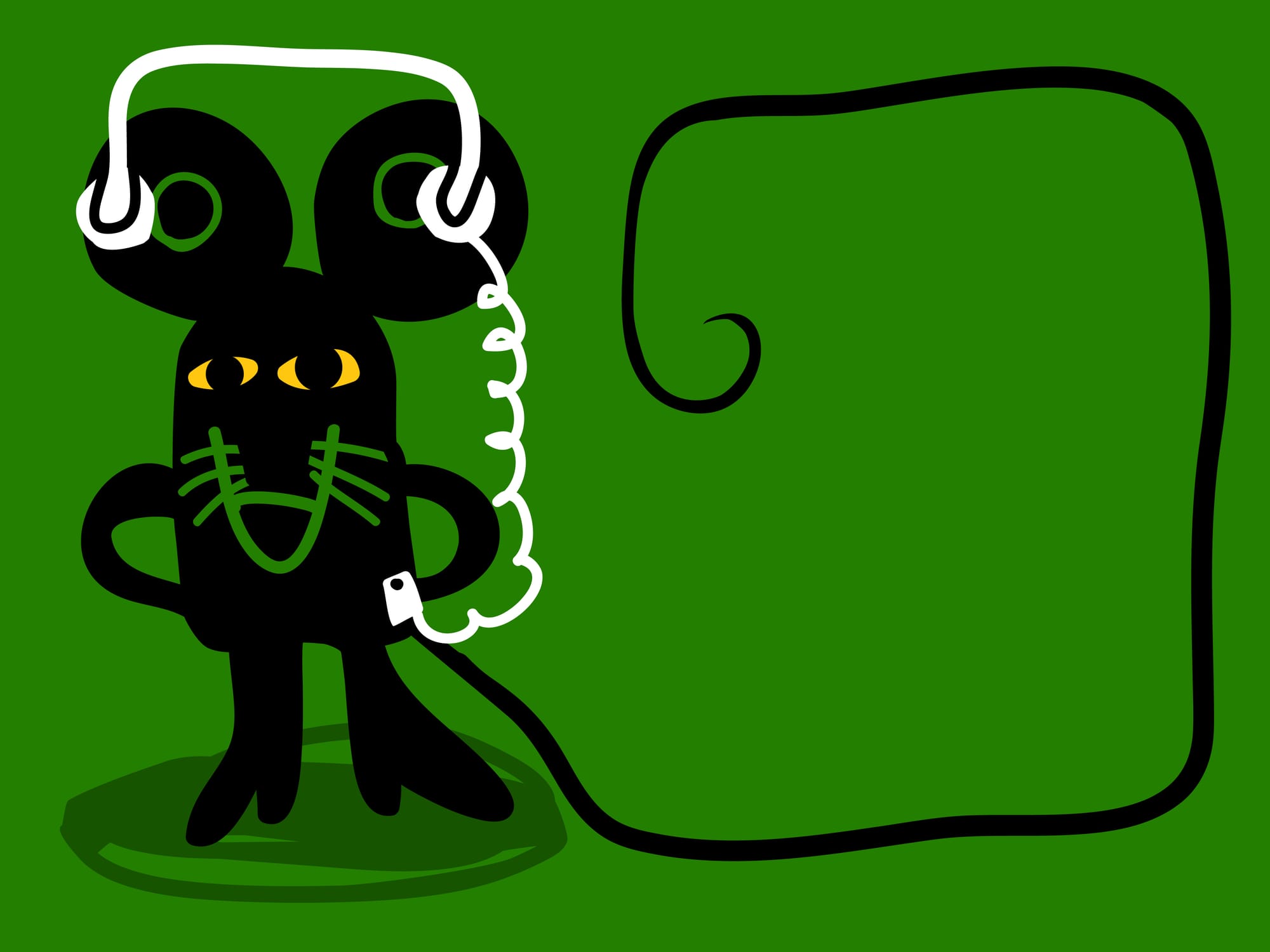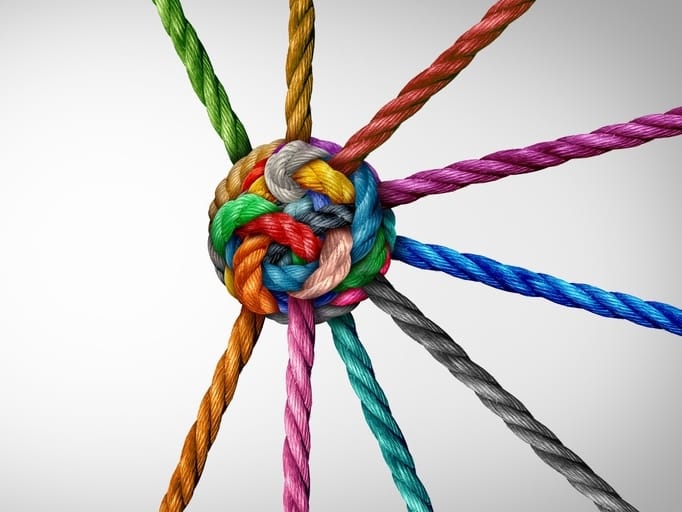
Private isolation or personal growth?
Walkman marketing: A cultural reflection on collectivism and individualism when it comes to approaches to mental health
The Walkman was originally designed by Sony co-founder Masaru Ibuka, who wanted a portable way to listen to music during his long international flights. When Sony introduced the Walkman—first in Japan and later in the United States—its marketing reflected two very different cultural approaches. One focused on harmonising with the external environment without imposing individual interest; the other used modern technology to create a personal bubble through music.
In Japan, the marketing strategy deliberately emphasised the personal and social aspects of music listening. Young people were shown roller-skating, cycling, or walking through the city with their Walkman, enjoying music in public spaces—privately and without disturbing others. This was a new concept at the time, and it aligned closely with Japan’s collective cultural values: respecting shared space, maintaining harmony, and co-existing with one another without causing disruption.
By contrast, the American campaign leaned into the ideals of freedom, lifestyle, and individualism. The Walkman was marketed as a device for active, independent people who wanted to block out the outside world—while jogging, commuting, or relaxing on the beach. It was about cutting off external noise and retreating into one’s own world. This approach reflected the more individualistic values of American culture, where autonomy, personal needs, and self-focus are strongly emphasised.
Although both campaigns targeted young people and promoted a new way of enjoying music, the cultural framing was subtle yet significant. Japan promoted co-existing quietly within the public space. The United States promoted retreating inward and asserting one’s individuality.
Cultural approaches to mental health
This cultural difference can also be seen in how people from collective versus individualist cultures approach mental health.
Stigma and shame
There’s also stigma. Talking therapy, or counselling, may be unfamiliar or misunderstood. Mental health services are often associated with serious illness or being "crazy", and many Asian people—especially older generations—don’t see therapy as relevant unless a problem becomes extreme. Even when counselling is explained and understood, shame remains a major barrier.
Healthy talk
In contrast, individualistic cultures—such as many Western or Pākehā-majority societies—tend to normalise help-seeking. People are encouraged to prioritise their needs, name their pain, and seek professional support early. Speaking up is seen as healthy and necessary for wellbeing.
Obligation over self care
These dynamics play out in adulthood. Many who spent their childhood helping in family businesses later describe feeling socially isolated, unable to join activities with peers, and unsure how to express their own needs. Obligation becomes ingrained, often at the expense of self-care.
Silence within
That’s why we must not interpret a lack of help-seeking as a lack of need
When I speak with others about counselling, I often explain it like this: therapy is like having a life coach. There is no instruction manual for how to get from one emotional state to another. When problems arise, it’s a sign that we may need to build new skills—like problem-solving, emotional processing, or boundary-setting. A good counsellor won’t tell you what to do. They’ll help you discover the skills you already have, and the ones you can develop to navigate life more confidently.


